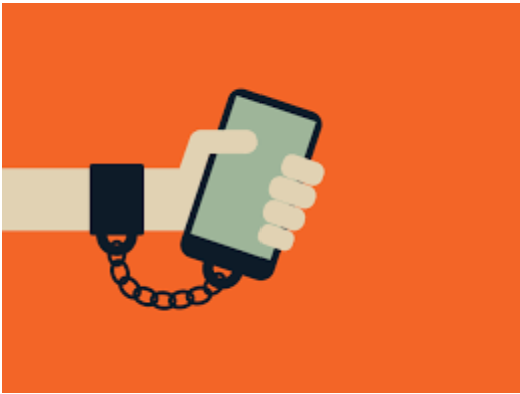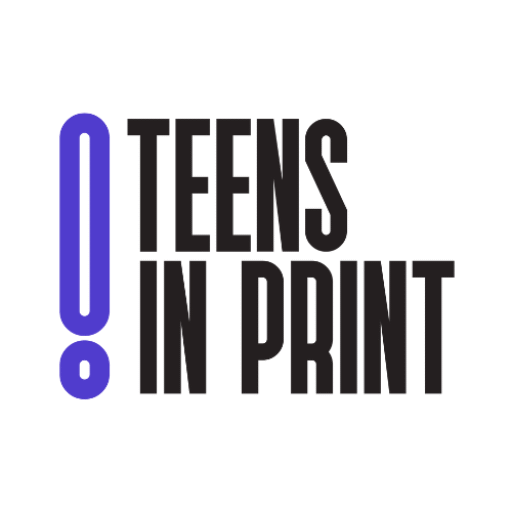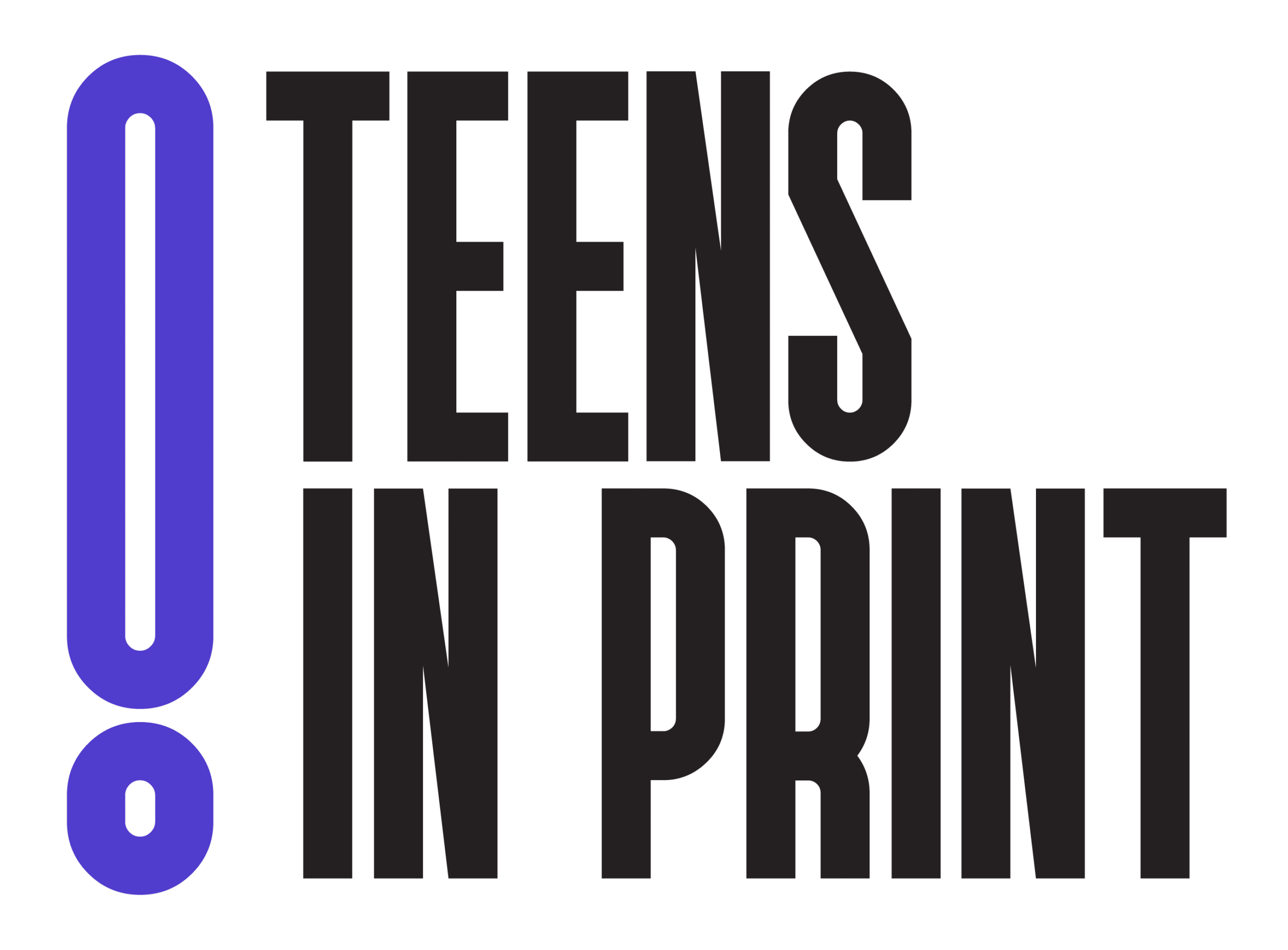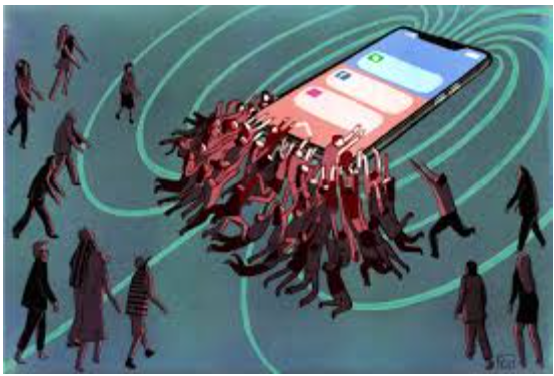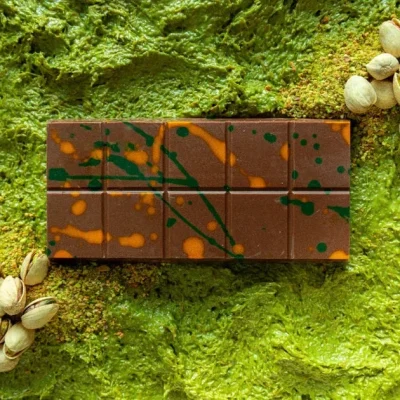How to beat screen addiction: The scary addiction that no one wants to stop
Once in a while, you find yourself wandering on your phone. You have laundry to do and an assignment due tomorrow that is nowhere near completed. Also, you still haven’t taken out the trash, but you have all day tomorrow. We find ourselves in these predicaments more than you might think. The problem of phone usage is becoming more and more common, it’s not just teenagers any more. Adults, kids, no matter how old or young you might be, anyone can become a victim to the phone screen, a portal of doom with limitless dopamine (a chemical in your brain) that can keep you happy for hours on hours on hours.
- How phone usage addiction starts
A lot of phone addiction starts from a young age, around 10 years old, when many parents give their kids phones. Now, most parents do this for protection and safety, but in many cases, this is the start of an uncontrollable cycle of dopamine. With so much dopamine being released into a young person’s brain through many apps and games, and once one becomes boring, a new app is there to capture the young person’s attention. With nothing else to do, although they might have sports and other activities during those downtimes, teens might get hooked into a game or even scrolling through social media, and their brain adapts to why not just sit on their phone all day?
- How apps hook you in
Many apps are addictive due to the 4-step process. This 4-step process starts with a trigger such as an email or a notification, something that is meant to reel you in. Then once you click it, the notification becomes a reward. Maybe it’s a good YouTube video, or a friend sending you a text, but it’s meant to give you a rewarding feeling of dopamine. This feeling leads you to click on something else in the app and spend more time on it than you intended.
Phones are not harmful on their own but the apps on the phone are what make it so addicting. Many apps such as TikTok, Instagram, etc are very hard to put down and lead to phone addiction. Tiktok and Instagram have a “for you” page or an “explore” page that changes upon your activity, they consist of things you constantly like or spend long times searching up or viewing. These app companies know what they are doing to peoples’ brains, but won’t admit it. Apple’s screen limits and screentime data tell you that you have spent X amount of hours on a certain app, but they never stop you from going on it. It is essential to be cautious when downloading apps, as they can be very easy to entice you.
- Effects of too much screen usage
Phone usage can lead to many problems, not only affecting your time, but your brain, sleep, and even your body. Many kids are affected by screen addiction, but this problem not only affects kids, as many adults struggle with the same thing. Screen addiction happens across all ages, but is most common with young people, as many of these people have not lived in an era without phones. So much can happen to a person who is heavily addicted to their phone, such as insomnia, depression, and even overheating.
- How to limit screen time
When someone is heavily addicted to their phones and feels the side effects, they can start to limit their screen time, although it might not be easy. Limiting screen time takes a lot of work, as phone use is a big part of everyone’s day, whether they are heavily addicted or just someone who needs to use their phone daily. Many apps offer screen time management, and Apple also provides screen time management for apps. Additionally, various methods can be used to limit screen time. Limiting screen time can be very useful to help get more done and improve your mental health.
- Leaving the handcuffs of phone addiction
Once you become less addicted to your phone, your life will become better. Although phones are not the end of the world, they are still addictive to humans, and they should be limited, with many apps feeding off of people’s mental health. Benefits of breaking your screen addiction include sharper thinking, mental clarity, and more.
